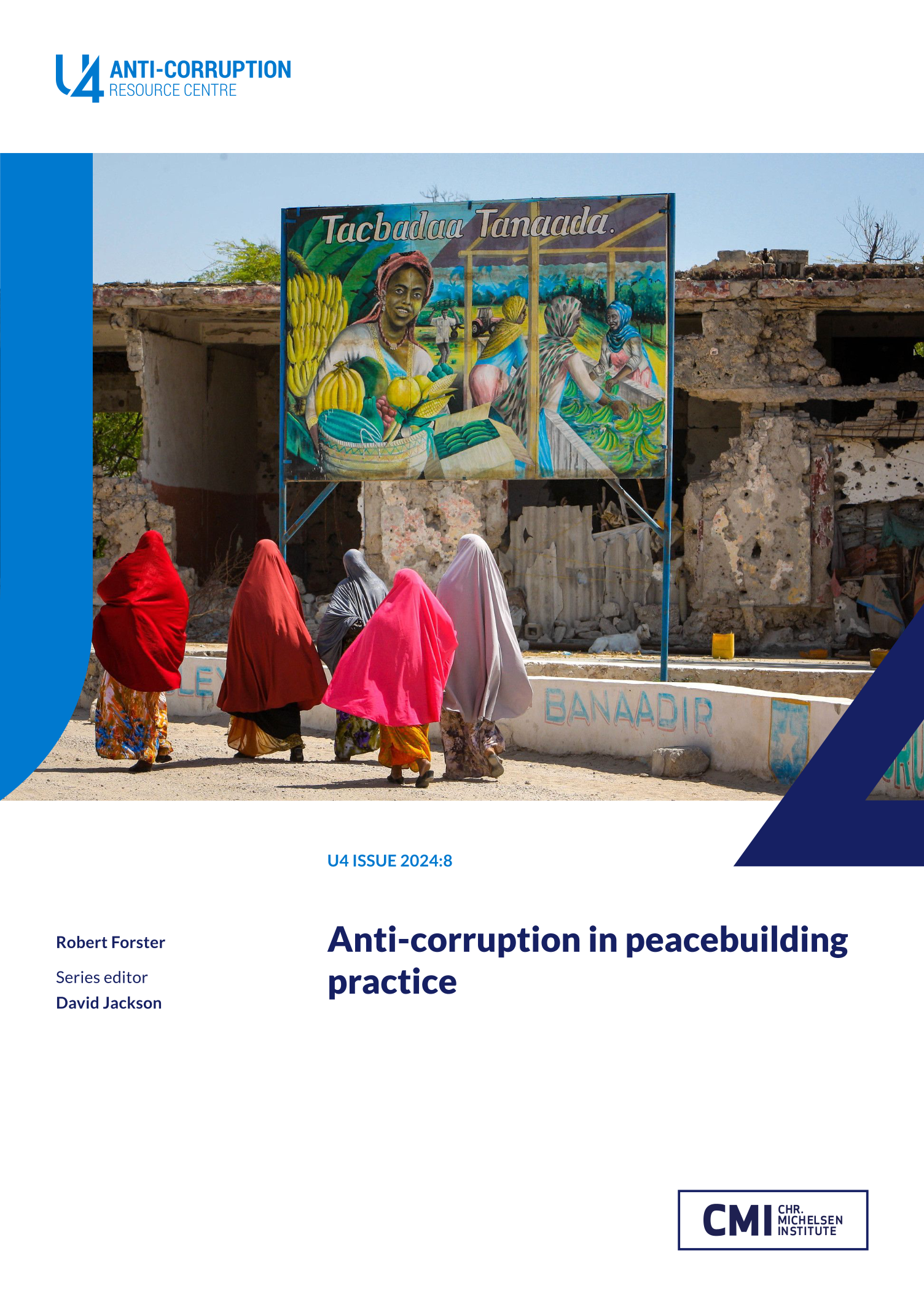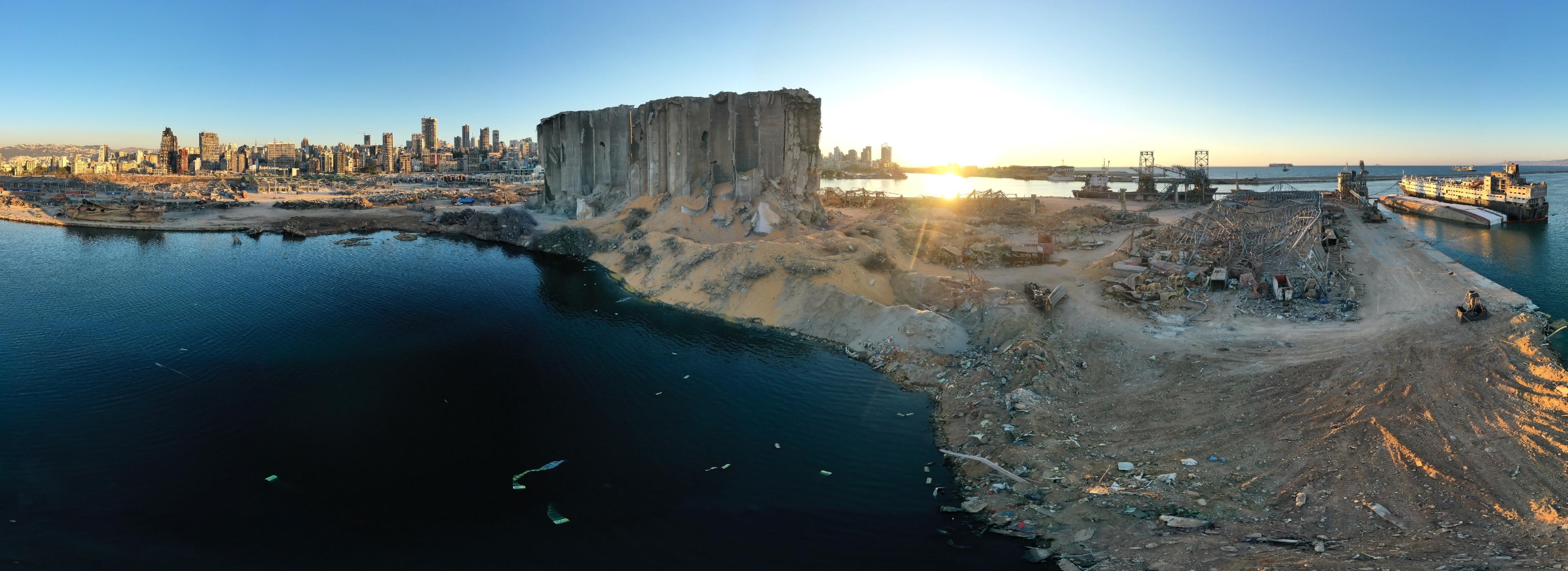Main points
- Between 1990 and 2023, anti-corruption provisions appeared in 140 peace agreements signed as part of 62 peace processes (36%).
- Anti-corruption provisions are less commonly integrated into pre-negotiation, ceasefire, implementation or renewal agreements. In contrast, anti-corruption measures are often formulated during the negotiation of comprehensive peace agreements.
- Ceasefires rarely include anti-corruption provisions, although this could be an avenue for confidence building between conflict parties, especially commitments to third-party transparency initiatives – such as the inclusion of the Extractive Industries Transparency Initiative standards in the Myanmar process.
- Pre-negotiation agreements usually only include rhetorical and non-substantive commitments to an anti-corruption agenda but may establish anti-corruption as part of the reform agenda early in the process.
- Anti-corruption provisions mostly enable either ‘implementation of anti-corruption measures’ or a ‘commitment to sectoral anti-corruption reform’. ‘Asset recovery’ and ‘dealing with past incidents of corruption among officials’ only appear in 11 agreements, highlighting the contentious nature of these particular issues.
- Anti-corruption implementation is usually achieved through: a combination of establishing or reforming anti-corruption bodies (General Auditor’s Office, anti-corruption commission, budgetary oversight bodies, and the creation of specialised commissions); strengthening networks and communication between financial institutions, oversight bodies and law enforcement agencies; strengthening the independence of the judiciary and the power of the Public Prosecution; and bolstering the ‘checks and balances’ between the branches of government and their ability to dismiss or challenge corruption.


